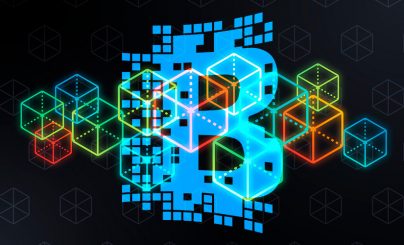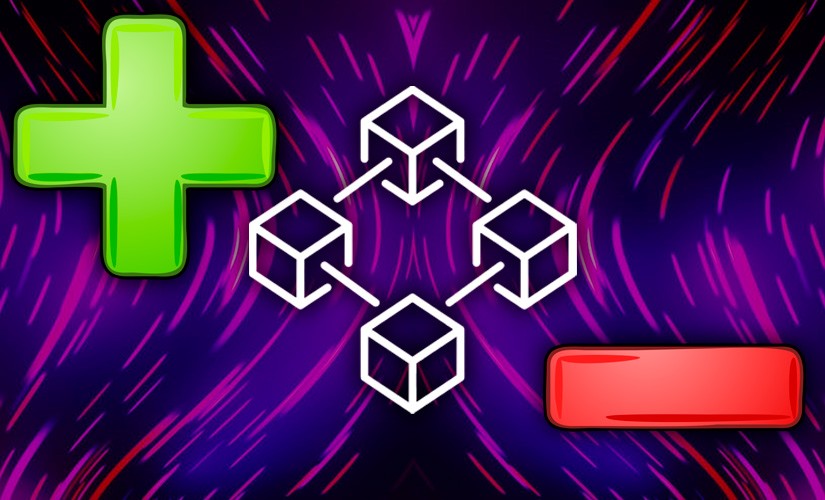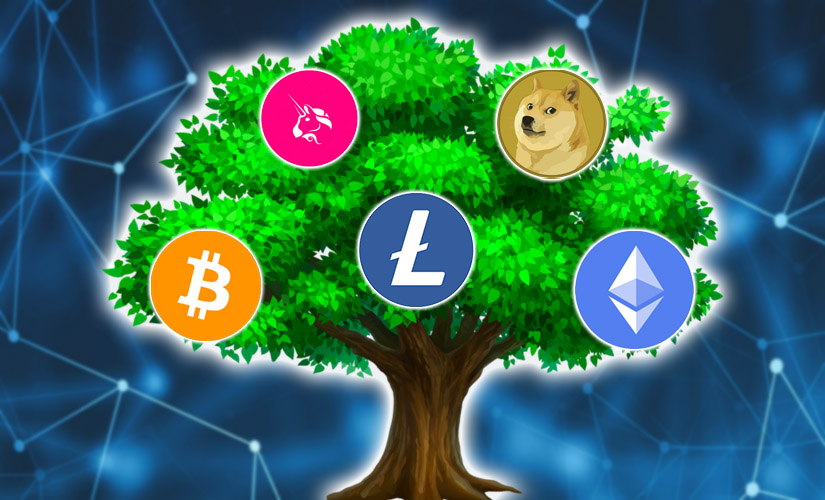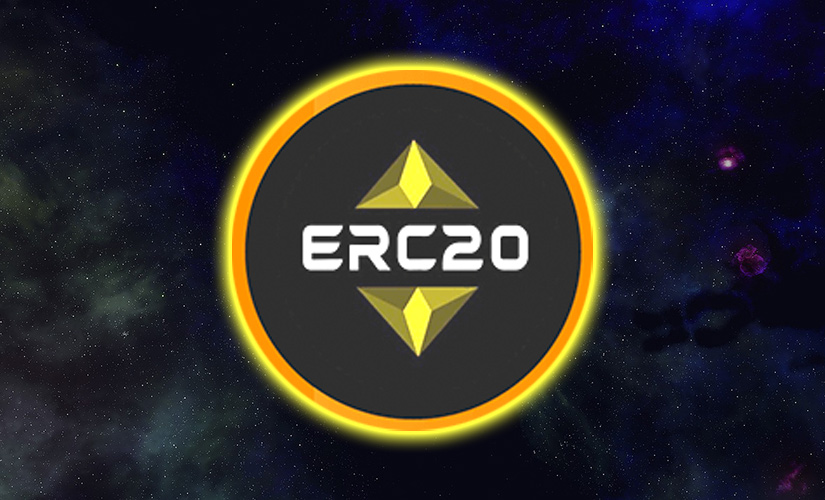A cryptographic economy based on decentralized trust gives all participants equal access to a mechanism for accumulating, storing and distributing digital assets. However, many people still do not fully understand this tool and do not know who first described blockchain technology.
Without the financial crisis of 2007-2008, the world might not have even noticed the launch of Bitcoin. However, imbalances in the economic system involuntarily triggered the cryptocurrency revolution.
What is blockchain in simple words
A few definitions to better understand what it is are given in the table.
| Type | Explanation |
|---|---|
| Simplified | A registry where any user can make entries and control them. A copy is stored on multiple media. |
| Basic | Decentralized program for making payments over the internet in a secure and transparent way. Does not require the involvement of intermediaries. |
| Literal | A chain of blocks where information about transactions, addresses, contracts, asset size is stored. |
| Technical | A database organization technology based on an open protocol. Capable of settlement and encryption, verifiable and protected from modification by the distribution of the register among the users of the system (nodes). |
Who invented blockchain
The technology is a product of the collective labor of scientists from a wide variety of fields of science. But the concept of blockchain (chain of blocks) was first used by Satoshi Nakamoto in his article, which was distributed through a crypto mailing list in 2008.
Over the years, discoveries have been made to create a replicable distributed database. Replication is the copying of information from one source to another. Changes in one copy are automatically propagated to others.
5020 $
bonus for new users!
ByBit provides convenient and safe conditions for cryptocurrency trading, offers low commissions, high level of liquidity and modern tools for market analysis. It supports spot and leveraged trading, and helps beginners and professional traders with an intuitive interface and tutorials.
Earn a 100 $ bonus
for new users!
The largest crypto exchange where you can quickly and safely start your journey in the world of cryptocurrencies. The platform offers hundreds of popular assets, low commissions and advanced tools for trading and investing. Easy registration, high speed of transactions and reliable protection of funds make Binance a great choice for traders of any level!
History of blockchain technology
Every user on the network can reach consensus without having to trust anyone else. The distributed ledger is based on technical innovations that have allowed cryptocurrencies to exist and evolve.
The first work on the concept
In 1991, two scientists, trying to store data so that no one could make changes to it retroactively, created the first prototype of the future technology. These developers were programmer Stuart Habert and physicist Scott Stornett. They came up with blockchain.
They managed to invent a distributed decentralized registry in which all records were viewable and protected by cryptographic tools.

To efficiently store information in databases, a “Merkle tree” is used to collect multiple documents into a single block.
The use of public keys made it possible to sign a payment and identify an address on a network using asymmetric encryption with 2 keys (public and private).
Improvement of the technology
The next problem to solve was double spending. Due to the lack of a supervisory authority in the distributed registry, there was a problem that the same digital asset could be sent to multiple recipients at the same time.
To prevent double spending, it was decided to combine transactions into blocks that are built into continuous chains – blockchain.
This is how the method – proof-of-work (Proof-of-work) – came into being. To add a new block, it was necessary to check the chain and make sure that this coin had not been spent before. Now it became impossible to change an entry in one block without changing other blocks.
Nodes involved in creating a new part of the chain are rewarded. Over time, such participants in the network began to be called miners.
The idea of decentralization
Blockchain develops the idea of independence from a particular supervisory body or group of people, openness and transparency of the rules by which the technology works. Any participant of the system can download the register and check that all payments, creation of new blocks is in accordance with the established conditions and does not deviate from them.
The concept of decentralized trust
Due to the application of blockchain technology, a new platform of business relationships has emerged.
Its appeal consists of:
- Simplicity.
- Low transfer fees.
- High level of security.
The blockchain was designed to solve the problem of building relationships by involving intermediaries. The technology, on the other hand, fosters trust between participants in transactions, providing a foundation for increased economic activity.
The main points of the blockchain system are summarized in the table below.
| Principle | Description |
|---|---|
| Decentralization | There are no intermediaries in the system of relations between 2 participants. |
| Stability, immutability | The entries in the registry cannot be destroyed or corrected. |
| Distribution | Differentiated data registry between participants. Transparency of records. |
| Consensus | The execution of a transaction is carried out by the established rules of the network. And does not depend on the will of third parties or the supervisory authority. |
To apply these principles, it was necessary to use a technology that was first described in 1984. IBM was developing a network architecture – peer to peer (P2P).
This became the basis for the development of peer-to-peer networks, in which data transfer between participants goes directly without the participation of a central server. This innovation allowed information to be freely shared and copied.
Bitgold system
In the late 1990s, information technology scientist Nick Szabo developed an algorithm for decentralized digital gold. Participants had to contribute their computing power to the network to solve cryptographic problems.
The results are recorded in an open registry, replicated across the network. Each solution includes a part of the next block, ensuring the continuity of the data chain. In reality, the project could not be realized.

The emergence of Bitcoin
The publication of an article describing a decentralized system of electronic money was the starting point of the world’s first cryptocurrency. It happened on October 31, 2008. The author of the article was an unknown programmer named Satoshi Nakamoto. To this day, his identity has not been revealed. It was believed to be a pseudonym for a whole group of developers.
Eric Balchunas, an analyst at Bloomberg (a provider of trading information for financial market participants), said he had identified the person under the pseudonym Satoshi Nakamoto. According to his research, it is California-based programmer Hal Finney. Balchunas showed a forum post left in 1993. In it, Hal Finney described the technology of cryptocurrency trading cards, which is similar to the principle of modern tokens. There was no confirmation from the programmer himself, as he died in 2014.
Bitcoin Whitepaper
Users of the Bitcoin network on October 31, 2021 celebrated 13 years since Satoshi Nakamoto published the White Paper of the future payment system. He created the blockchain as it is known today. The technology gets rid of intermediaries to facilitate and audit transactions.
The book consists of 9 pages of text, in which there is a description of the provisions of the new monetary system. It is called Bitcoin by Satoshi Nakamoto.
The protocol is presented as a cryptographically secure system based on the Proof-of-Work algorithm. Bitcoin is mined for rewards by individual nodes and then the decisions are verified in a decentralized network.
Bitcoin launch
The chronology of the launch and the first payments of the new cryptocurrency is presented in the table.
| Date | Description |
|---|---|
| January 3, 2009 | The first block and initial 50 bitcoins are created. |
| January 12, 2009 | The amount of the first payment made was 10 BTC. The recipient was Hal Finney. |
| September 2009 | The first exchange of digital currency for real money. One of the developers sold 5050 bitcoins for 5.02 dollars. |
| March 17, 2010 | The first quote on BitcoinMarket platform was set. The price for 1 BTC amounted to 0.003 USD. |
| March 22, 2010 | Two pizzas for 10,000 coins became the first item bought with bitcoin. |
Having passed these important stages of development, Bitcoin paved the way for the formation of the crypto market, new algorithms and the emergence of platforms based on it.
Applications and smart contracts
Initially, a wallet appeared in the blockchain network, which was used to store and conduct transactions. The user of such a software client needed to download the entire registry to a computer.
With the growing popularity of cryptocurrencies, the amount of stored data due to the increasing number of transfers and new wallets in the network began to take up more and more space on hard disks.
The solution to this problem is online wallets. Cryptocurrency owners no longer need to store the blockchain on their computer. Third-party sites do it for them. Such services offer a lot of functionality:
- Purchase.
- Exchange.
- Trading.
- Withdrawal of funds.
If such online service is hacked, owners can completely lose access to their cryptocurrency.
Smart contracts – a computer algorithm that executes agreements made between 2 or more parties. Like blockchain, it owns certain advantages:
- Immutability. It is impossible to delete data in a smart contract.
- Autonomy. The process does not require the presence of intermediaries.
- Trust. The information is stored in a registry and is available for verification.
The possibility of drawing up smart contracts was provided in Bitcoin, but they became widespread with the emergence of Etherium.
Ethereum
The founder of the project – Vitalik Buterin – came to the conclusion that the scope of application of the technology is much wider. In 2015, Ethereum appeared, which became not just a cryptocurrency, but a universal ecosystem on the basis of which developers can launch projects using the network’s algorithms.
“The first big and promising area of blockchain development is financial. This includes cryptocurrency, smart contracts, and state registries. For example, now it takes weeks to sell a house, and it can take just 3 minutes.” – Vitalik Buterin.
The size of decentralized finance (DeF) based on Ethereum network smart contracts has exceeded $100 billion and continues to grow.
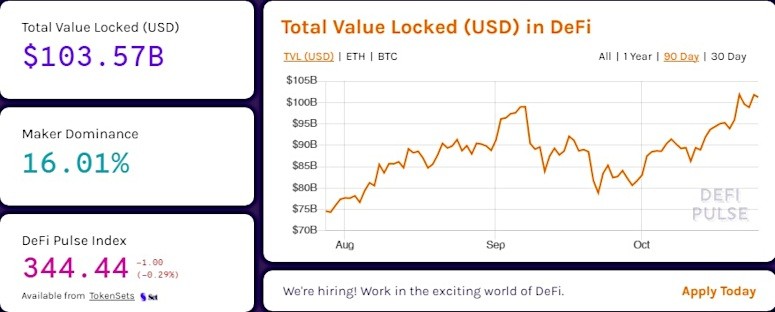
The emergence of altcoins
The creator of the blockchain left the code open to the community, which allowed for the development of alternative types of cryptocurrencies. In the beginning, altcoins were based entirely on the bitcoin algorithm.
Their emergence was due to overcoming some technical limitations that the first cryptocurrency in the world contains (payment speed, complexity of mining).
All digital assets issued after Bitcoin are called altcoins, the total number of which at the end of 2021 is more than 7 thousand.
The future of blockchain technology
Cryptocurrencies could soon completely reshape the global economy. The scope of their application extends much further than finance. It is possible to speed up document flow, protect sensitive data: property rights, medical records, criminal cases, state secrets, etc.
EverLadger uses blockchain in the supply chain to identify the source of origin of gemstones. Microsoft launched a pre-test of their new Azure Blockchain product. It is needed to build and deploy a blockchain application to share business processes and data with other organizations.
Summary
The spread of technology has led to a significant increase in transparency, security in accessing information and making transactions. For widespread adoption into all areas of the economy, regulations are needed. At the moment there are none, which means that the spread of the technology in real trading systems is delayed.
Blockchain’s story of changing the world has only just begun. Decentralized finance offers tools for secure investments without intermediaries. The emergence of NFT (non-replaceable token) has made the art market more transparent.
When ownership of a digital asset is secured, the security and attractiveness of transactions increases. Attackers will not be able to sell a replica or steal the original when using this technology.
Bitcoin after a long time since the idea was published is gaining popularity as a means of storage and investment. And with it, the entire crypto market is growing and developing.
Frequently Asked Questions
📄 What is a hash?
The transformation of information into a unique set of characters that is unique to a given set of incoming data.
🛡 How secure is SHA-256 encryption?
There is currently no confirmed evidence that this level of encryption can even theoretically be broken.
❔ What is the 51% attack?
A blockchain vulnerability by which a group of attackers take control of payment confirmation and block generation. PoW method requires 51% of the computing power of the entire registry network to act in this manner.
👨💻 What is a fork?
Using the codebase of one product to create another.
🤔 What are hardforks in Ethereum?
It is a change to the project code to innovate the algorithm or split it into several independent projects.
❓ What is a satoshi?
It is the most minimal part of bitcoin. It amounts to 0.00000001 BTC.
Is there a mistake in the text? Highlight it with your mouse and press Ctrl + Enter.
Author: Saifedean Ammous, an expert in cryptocurrency economics.
